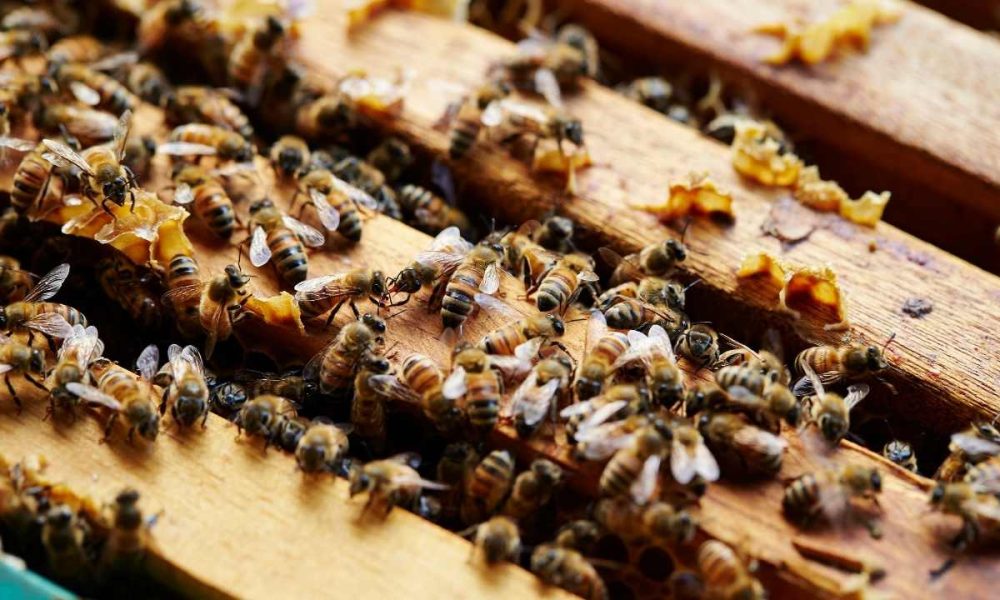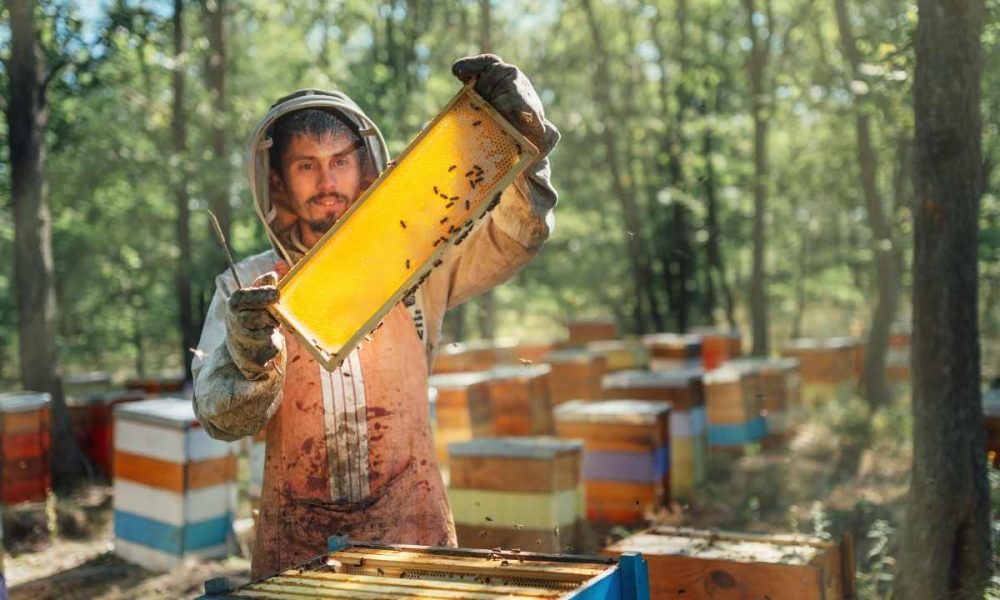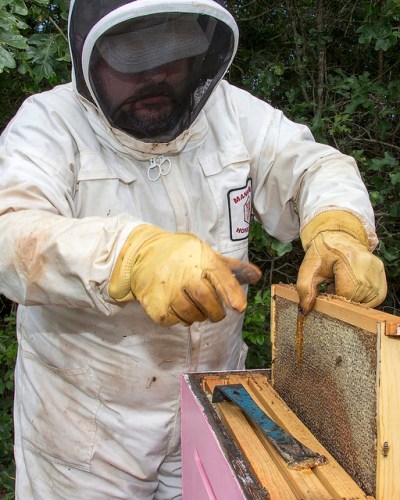
So you’ve decided to become a beekeeper, eh? You’ve got your protective gear, your smoker, and your hive tool. You’re ready to dive into the exciting world of honey production. But wait! Before you start daydreaming about jars filled with golden nectar and sweet sticky treats, let’s talk about the true queens of the hive – the queen bees.
Welcome to Queen’s Court: Inside the Intricate World of Queen Rearing and Replacement. In this article, we will explore the fascinating world of queen bees and their critical role in a healthy hive. From understanding the science behind their biology to learning about advanced techniques for rearing and replacing them, we’ll take a deep dive into this essential aspect of beekeeping that often goes overlooked by novice keepers. So put on your thinking cap (and maybe some extra protective gear) as we journey through the intricate world of queen bees together.
The Importance of Queen Bees in a Hive
You can’t underestimate the significance of having a strong and healthy leader in your hive – she’s essential to your colony’s success. The queen bee hierarchy is crucial to the functioning of a honeybee colony, and without an efficient queen, the entire ecosystem could collapse. Queen bees are responsible for laying thousands of eggs each day, which means that their health has a direct impact on colony productivity.
The impact of queen health on colony productivity cannot be overstated. A sick or weak queen will lay fewer eggs, which means there are fewer bees available to collect nectar or pollen, protect the hive from predators, and maintain temperature control. This lack of productivity can ultimately lead to decreased food stores and even death for some members of the colony. Thus, it’s important for beekeepers to constantly monitor their hives’ queens and take action when necessary to ensure a healthy and thriving community. With this in mind, let’s dive into the intricate world of queen rearing and replacement.
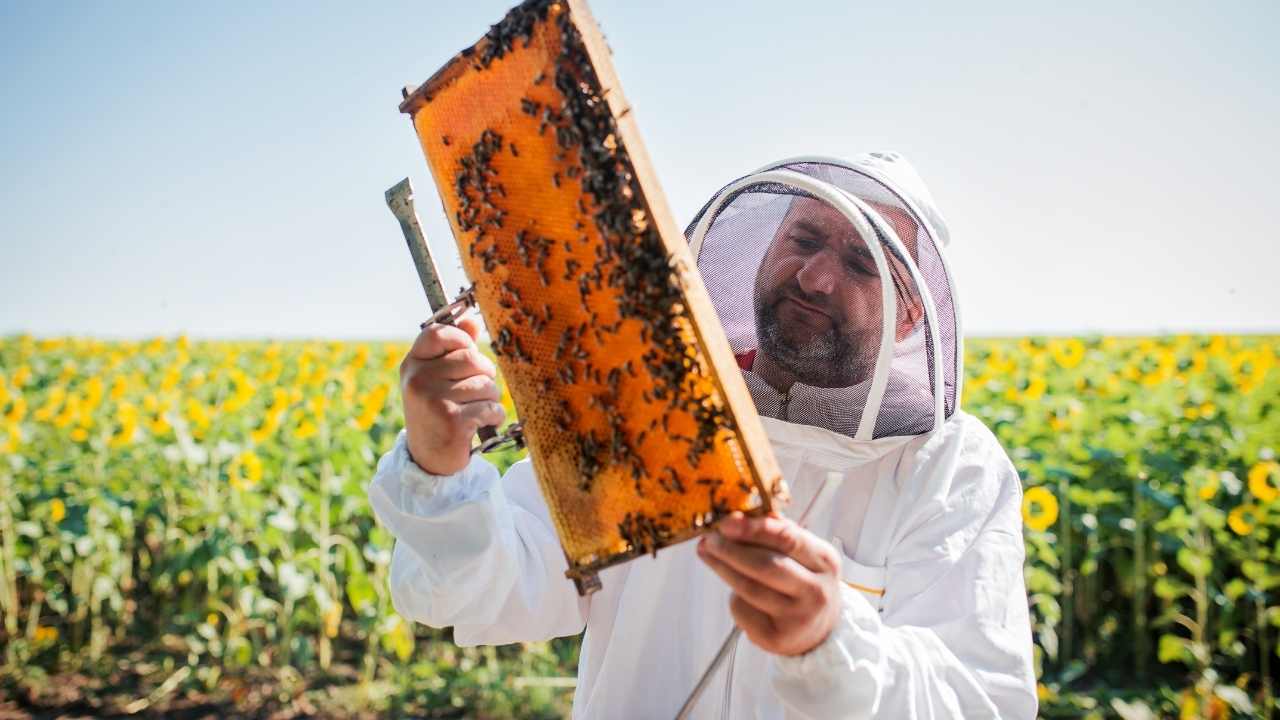
Queen Rearing Techniques
We’ll explore different methods for growing new queens and keeping a thriving hive. One method is the grafting method, which involves transferring young larvae from a healthy colony into special queen cups. These cups are then placed in an incubator where they receive royal jelly, a nutritious secretion produced by worker bees. After several days, the larvae will have matured into queen cells and can be transferred to their own hives.
Another technique used for queen rearing is natural queen cell production. In this method, colonies are left to create their own queen cells using existing eggs laid by the current queen. The workers will feed these cells with royal jelly until they reach maturity. This approach can be more time-consuming and less controllable than grafting but can produce healthier queens that are better adapted to local conditions. With these techniques at your disposal, you’ll be able to ensure a strong, productive hive that’s fit for any challenge thrown its way.
Now let’s move onto the next phase of our discussion: Queen Replacement.
Queen Replacement
As you navigate the process of finding a new leader for your hive, it can feel like searching for a needle in a haystack. But just as a gardener carefully selects the perfect seed to cultivate a thriving garden, so too must you diligently choose the right queen to ensure the success and prosperity of your colony. Queen replacement is an essential aspect of beekeeping that requires careful consideration and attention to detail.

When selecting a new queen, genetic diversity should be at the forefront of your mind. Introducing different genetics into your hive can improve overall health and disease resistance while promoting adaptability to changing environmental conditions. It’s also important to consider traits such as egg-laying ability, temperament, and honey production when choosing a new queen. By carefully selecting for these characteristics, you’ll increase the likelihood that your colony will flourish under its new leadership. With this in mind, let’s delve into the science behind queen bee biology and gain further insight into how she governs her kingdom.
The Science Behind Queen Bee Biology
Get ready to explore the fascinating biological workings of the queen bee and how she reproduces to ensure the survival of her colony. Queen bees are essential to a hive’s success as they lay all the eggs, producing workers, drones, and future queens. The entire colony relies on her for survival, making queen rearing and replacement crucial tasks for beekeepers.
Queen bee reproduction is a complex process that involves genetic diversity. The queen mates with multiple drones during a mating flight, storing their sperm in her body for future use. This allows for variation in the genes passed down to offspring, which is crucial for maintaining a healthy and resilient colony. As she ages and begins to produce fewer pheromones (chemicals used to communicate with other bees), the colony will begin to prepare for a new queen by building special cells called queen cups. This signals the need for replacement and prompts worker bees to feed several larvae royal jelly – a protein-rich substance that triggers development into potential queens.
Understanding these intricate processes is essential in successful queen rearing and replacement. As you move into exploring challenges faced during this process, keep in mind how critical it is to maintain genetic diversity within your hive while ensuring your current queen’s health and productivity remain optimal.

Challenges in Queen Rearing and Replacement
You may be facing some hurdles when it comes to raising a new queen bee for your hive. One of the biggest challenges is maintaining genetic diversity within your colony. Inbreeding can lead to weaker bees and increased susceptibility to diseases, so it’s important to introduce new genetics into the hive regularly. However, finding high-quality queen bees from reputable breeders can be difficult and expensive. Additionally, introducing a new queen bee into an established colony can sometimes result in aggression from worker bees towards the newcomer.
But don’t let these obstacles discourage you from pursuing sustainable beekeeping practices. There are several strategies you can use to maintain genetic diversity in your colony without breaking the bank or risking harm to your bees. These include splitting hives to create smaller colonies with their own queens, using open-mated queens (which mate naturally with drones rather than through artificial insemination), and collaborating with other local beekeepers to exchange genetics. By incorporating these methods into your beekeeping routine, you’ll be contributing to the long-term sustainability of both your own operation and the larger ecosystem that depends on healthy honeybee populations.
As you navigate these challenges in queen rearing and replacement, remember that there are experts out there who can offer guidance and support. The next section will explore some of these leaders in the field of apiology – individuals who have dedicated their careers to unlocking the secrets of honeybee biology and improving our understanding of how we can ensure their continued survival in a rapidly changing world.
The Experts Behind Queen’s Court
You will now delve into the world of experts who are behind Queen’s Court. These include professional queen breeders, academic researchers, and experienced beekeepers. As you explore this subtopic, you will gain insight into the roles that each of these individuals play in ensuring the success of queen rearing and replacement. You can expect to learn about their unique perspectives, methodologies, and contributions to this intricate process.
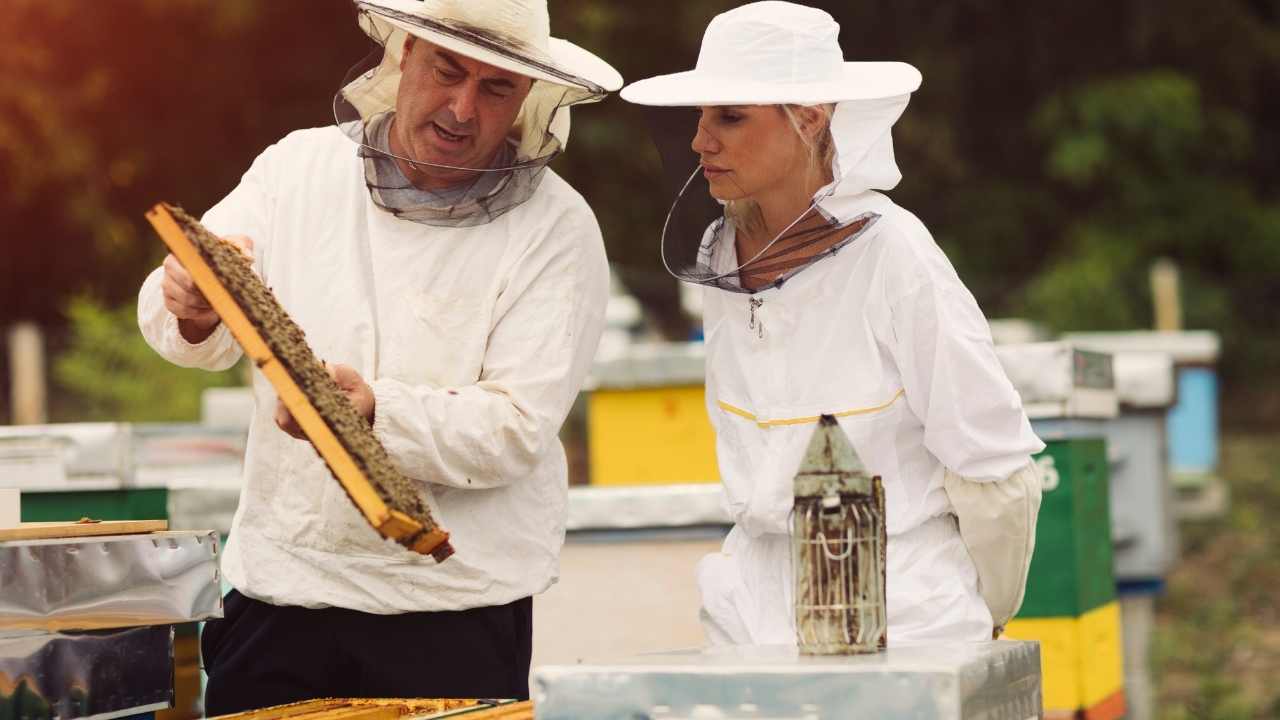
Professional Queen Breeders
Professional breeders are experts at producing high-quality bees that can help ensure the success of a hive. They use various breeding methods to create bees that are resilient, productive, and adaptable to different environments. These professionals understand the market demand for specific bee traits, such as disease resistance, honey production, and docility. By selectively breeding queen bees with desirable characteristics, they can produce colonies that meet the needs of beekeepers.
To achieve their goals, professional queen breeders have developed sophisticated techniques for selecting and mating queen bees. They carefully monitor the genetics of their colonies and keep detailed records to track which traits are being passed down from generation to generation. Additionally, they may use artificial insemination or other assisted reproductive technologies to control genetic variability and enhance desired attributes. With their expertise and attention to detail, professional breeders play a critical role in maintaining healthy honeybee populations.
As we transition into discussing academic researchers in the next section, it is important to recognize how their work often complements that of professional breeders. While breeders focus on developing practical solutions for improving bee health and productivity in real-world settings, researchers explore fundamental questions about honeybee biology and behavior. Together, these two groups contribute to our collective knowledge about these vital insects and help us better understand how best to protect them.
Academic Researchers
Let’s explore how academic researchers delve into the mysteries of honeybee biology and behavior to uncover new insights into these fascinating creatures. Through rigorous scientific inquiry, these researchers have made significant contributions to understanding the impact of environmental factors on honeybee health, the genetic basis for traits such as hygienic behavior and disease resistance, and the complex social dynamics of bee colonies. By studying bees in both laboratory and field settings, academic researchers are able to generate data-driven solutions that can inform future innovations in beekeeping practices.
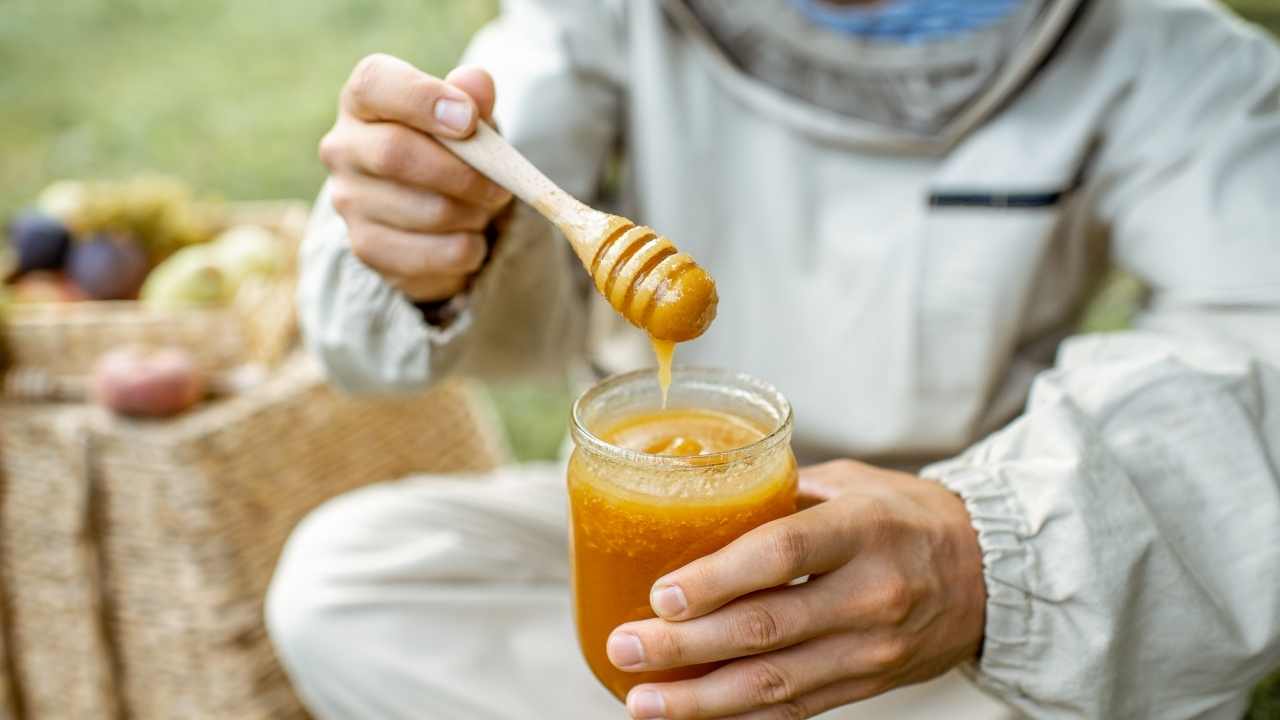
The impact of academic research in beekeeping cannot be overstated. Researchers have helped identify best practices for controlling pests and diseases that threaten colony survival, as well as developing innovative techniques for breeding bees with desirable traits such as gentleness or high honey production. As technology advances and our understanding of honeybee biology deepens, we can expect even more breakthroughs from this community of dedicated scientists. Now let’s move on to experienced beekeepers who bring a wealth of practical knowledge and expertise to the art of queen rearing.
Experienced Beekeepers
Experienced beekeepers bring a wealth of practical knowledge and expertise to the rewarding art of raising new honeybee colonies. Their years of experience in managing hives have allowed them to develop beekeeping tips and hive management strategies that help ensure the success of queen rearing and replacement. These beekeepers know how to identify a healthy queen, when it’s time for her to be replaced, and how to introduce a new queen into an existing colony.
One useful tip from experienced beekeepers is to perform regular hive inspections. This allows them to monitor the health of the colony, assess if there are any issues with the current queen, and determine if it’s time for replacement. They also emphasize the importance of selecting high-quality queens from reputable sources or breeding their own queens using desirable traits such as disease resistance or docility. With their vast knowledge on hive management strategies, they can guide beginners in establishing healthy colonies that will thrive under different weather conditions and environments.
Frequently Asked Questions
How long does it take for a queen bee to mate?
Have you ever wondered how long it takes for a queen bee to mate? Well, the answer depends on various factors such as weather conditions, availability of drones, and queen bee genetics. On average, a queen bee will mate with around 10-20 drones within the first few days after emerging from her pupal stage. This is important because the genetic diversity of her offspring depends on the number of drones she mates with. However, if you are interested in controlling the genetics of your colony, you can use artificial insemination techniques which allow you to select specific drones for mating. With this method, it only takes about a week or so for the queen to be ready for insemination and then another week or two before she starts laying eggs. Knowing these details can help you better understand and manage your hive’s population growth while also ensuring that your colony thrives.
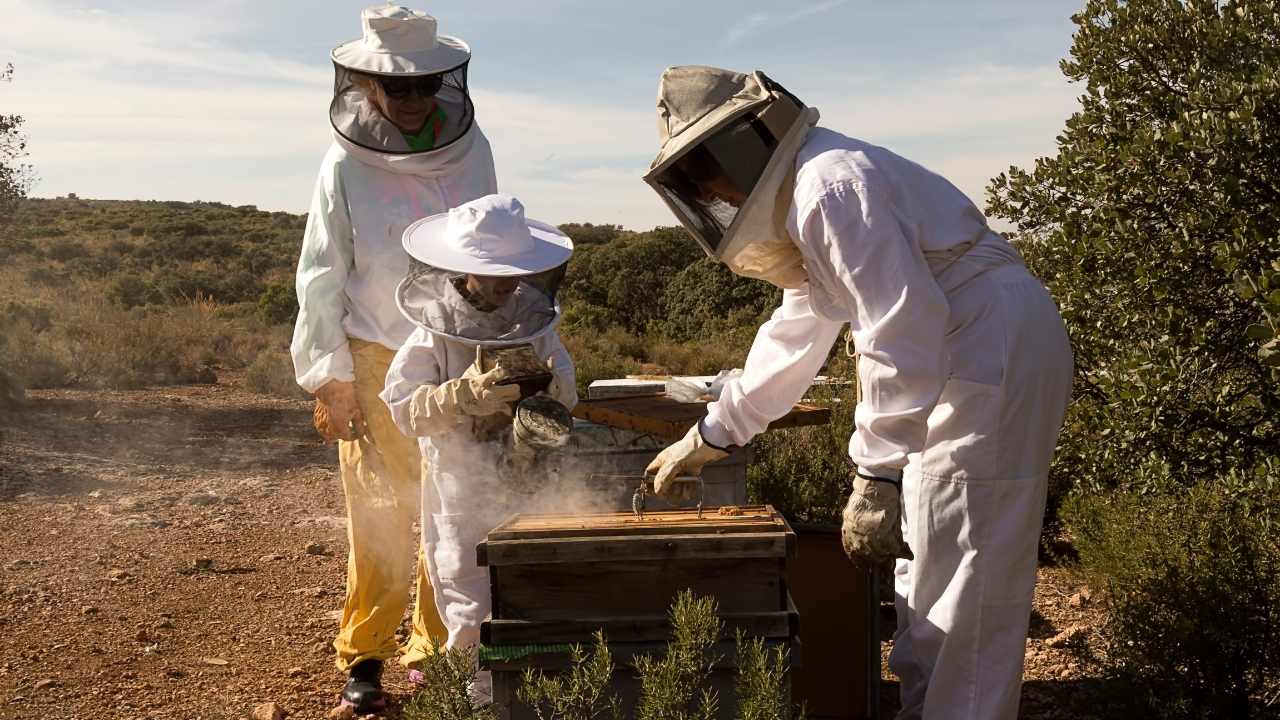
Can queen bees lay unfertilized eggs?
As the old adage goes, "knowledge is power." When it comes to queen bee genetics, understanding the implications of unfertilized eggs is crucial. Queen bees are capable of laying both fertilized and unfertilized eggs. The former result in female worker bees while the latter become male drones. While this may seem insignificant, it has important implications for genetic diversity within a hive. Unfertilized eggs lead to less genetic diversity as they only carry genes from the queen herself, rather than a combination of genes from both parents through mating. This highlights the importance of queen bee mating in maintaining a healthy and diverse hive population. By knowing about these intricate details, you can better serve your hive and ensure its success for years to come.
How often should a beekeeper replace their queen bee?
Are you a beekeeper wondering when to replace your queen bee? It’s important to consider both queen bee genetics and behavior. Queen bees are responsible for passing on their genes to the colony, so it’s essential to have a healthy and genetically diverse queen. If you notice aggressive or erratic behavior from your queen, it may be time for a replacement. Additionally, age plays a factor in queen health as they typically only live 2-3 years. It’s recommended to replace a queen after her second year of reign to ensure optimal colony productivity and survival. Keep an eye on your hive’s health and behavior patterns to determine the best time for queen replacement.
What is the ideal temperature for queen bee rearing?
You may be wondering what the ideal temperature is for queen bee rearing. Some beekeepers might argue that the temperature doesn’t matter as long as the bees have enough food and space, but this couldn’t be further from the truth. The ideal temperature for queen bee development is between 32-35°C (89.6-95°F). This range allows for optimal growth and development of the queen larvae, resulting in a strong and healthy queen that can lead her colony to success. It’s important to monitor and maintain this temperature throughout the entire rearing process, from egg to adult emergence. By doing so, you’re not only ensuring the health of your colony but also serving your fellow bees by providing them with a capable leader.
Are there any natural predators of queen bees?
Predators of queen bees are not uncommon in nature, and there are a few natural threats to queen bees that beekeepers should be aware of. One of the most significant predators is the honey badger, which has a powerful bite and can easily destroy hives while searching for food. Other potential predators include skunks, raccoons, and even birds like woodpeckers. In addition to these predators, queen bees also face challenges from other insects such as wasps and ants that may try to invade their hives. Beekeepers need to take steps to protect their hives from these natural threats by implementing appropriate measures such as fencing or using repellents. By doing so, they can ensure that their queen bees remain safe and healthy, allowing them to continue producing high-quality honey for years to come.
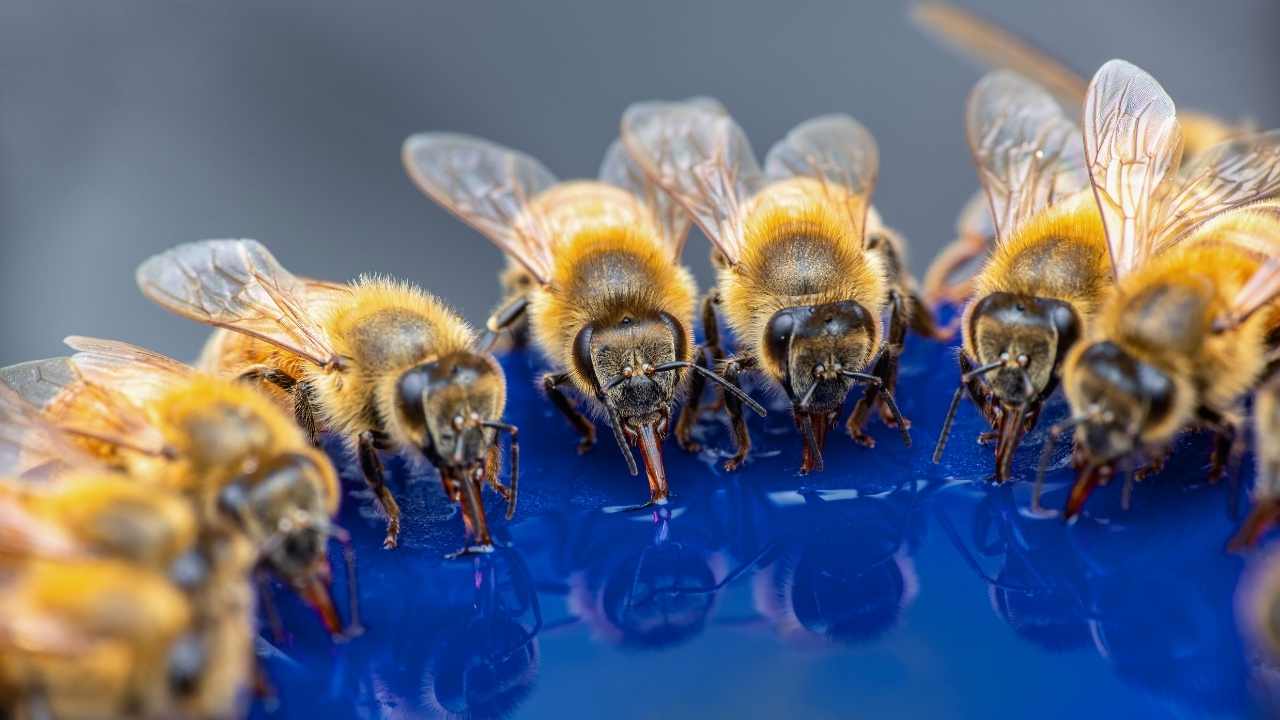
Conclusion
Congratulations! You now have a better understanding of the intricate world of queen rearing and replacement. As you marvel at the importance of queen bees in a hive, you realize that without them, the colony would not survive. The science behind queen bee biology is truly fascinating, from their unique mating habits to their pheromones that keep the hive in order.
But don’t be fooled – queen rearing and replacement is no easy task. It requires skill and expertise from the beekeeper and presents numerous challenges along the way. Thankfully, there are experts out there who dedicate themselves to mastering this art form, ensuring healthy hives for years to come.
In conclusion, as you reflect on all that goes into maintaining a thriving bee colony, you can’t help but feel grateful for those who work tirelessly behind the scenes. From breeding new queens to replacing old ones, these individuals play a crucial role in preserving one of nature’s most valuable resources: honeybees. So next time you enjoy a jar of honey or stroll through a field buzzing with activity, take a moment to appreciate all that goes into keeping our little pollinators happy and healthy.

Roger Thomas is a seasoned beekeeper and hive architect with a deep-seated passion for sustainable living. His fascination with bees has shaped his professional career, giving him practical and theoretical expertise in bee behavior, colony health, and optimal hive conditions. Roger’s technical skills shine in his bespoke hive creations that cater to the specific needs of diverse bee species, while his sustainable practices promote environmental balance and the wellbeing of the bee population.
As he continues his journey in beekeeping, Roger has become a dedicated advocate for responsible practices and an insightful educator in his field. His posts aim to inspire new beekeepers, underline the importance of sustainability, and showcase the remarkable contribution bees make to our ecosystem. Roger invites you to join him as he delves into the world of bees and the rewarding, honey-sweet art of beekeeping.

